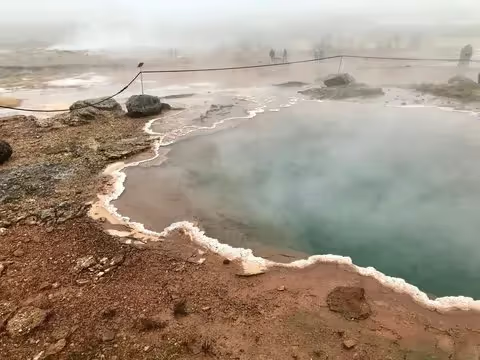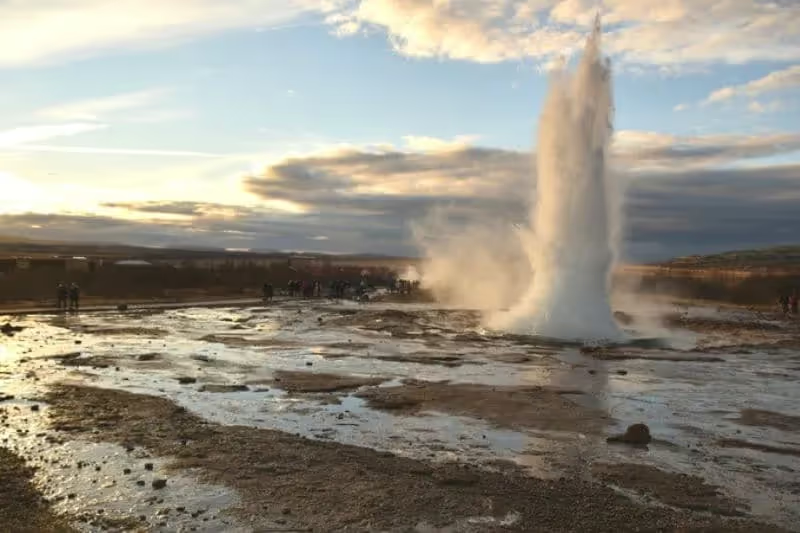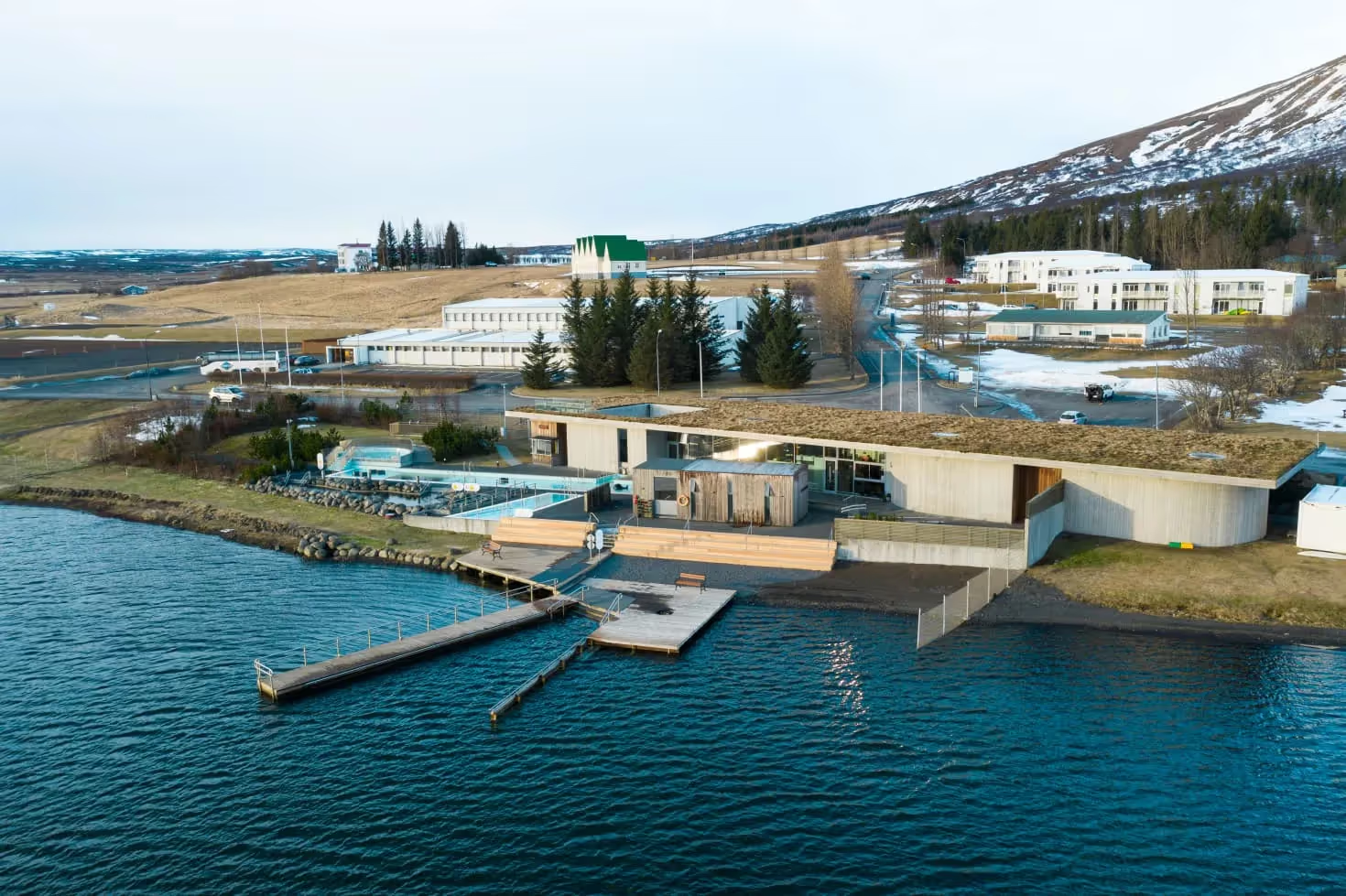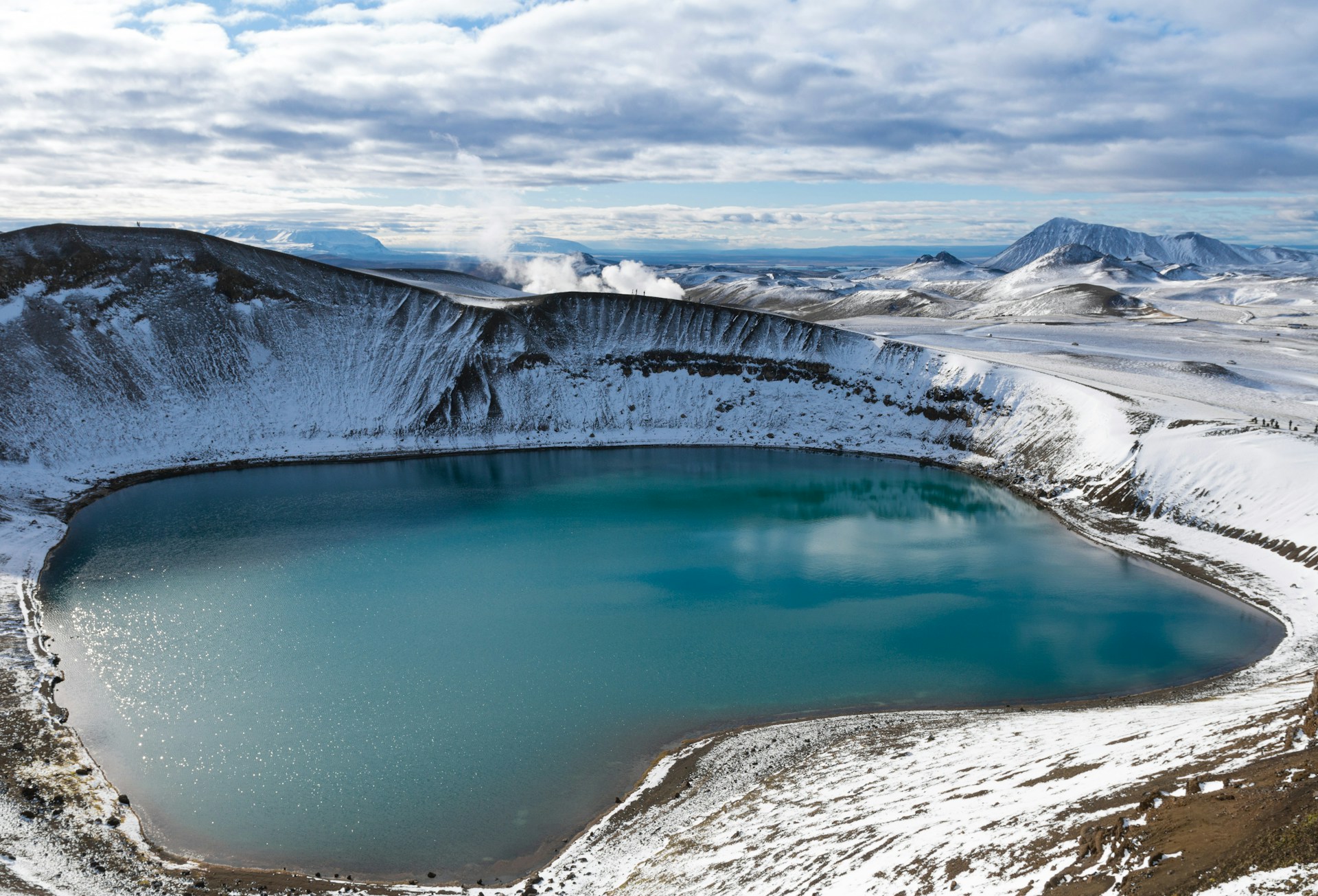Geysir, one of Iceland's most iconic natural wonders, is celebrated worldwide for its stunning eruptions. Timing your visit effectively can elevate a simple excursion into a memorable adventure. The right season brings out the best in Geysir, making your experience truly unforgettable. Plan carefully to witness this natural marvel at its most spectacular.
Overview of Geysir
Geysir, located in Iceland's Haukadalur Valley, is historically known for its spectacular eruptions, reaching heights up to 70 meters. Today, Geysir is mostly dormant, with its last major eruption in 2016.
Nearby, Strokkur geyser provides consistent displays, erupting every few minutes to heights of 15-20 meters, occasionally reaching up to 40 meters. This makes Strokkur a reliable spot for visitors to witness geyser activity, similar to the geysers in Yellowstone.
Best Time to Visit Geysir
Choosing the best season to visit Geysir can greatly enhance your experience, as each part of the year offers unique advantages. Here's a breakdown of what to expect in each season:
Spring (April to June)

Spring in Iceland offers increasing daylight hours, which provide more opportunities for sightseeing and enjoying the geothermal wonders like Geysir. The landscape begins to bloom, making it a beautiful time for photography.
This period is less crowded compared to the summer, allowing for a more peaceful experience. However, the weather can still be quite cool, and some highland areas may be inaccessible.
Summer (July to August)

Summer, from July to August, is Iceland's peak tourist season, renowned for reliable geyser eruptions and the midnight sun, which provides nearly 24 hours of daylight around the June solstice. This period is ideal for maximizing outdoor activities like hiking and visiting Iceland's natural attractions.
However, be prepared for higher costs and larger crowds during these months. This season offers the best conditions for those looking to explore extensively and experience the unique natural phenomena of Iceland.
Autumn (September to October)

Autumn in Iceland, spanning September to October, features fewer tourists and offers the chance to see the Northern Lights as the evenings extend. The season is marked by a stunning transformation of the landscape into vivid fall colors, enhancing the visual spectacle of Geysir's eruptions.
The cooler, yet comfortable, weather makes it ideal for outdoor activities. Additionally, cultural events like the annual sheep roundup known as Réttir enrich the travel experience during this season.
Winter (November to March)

Winter in Iceland, from November to March, showcases Geysir amidst a snow-covered landscape, offering dramatic and starkly beautiful views. This season, being the off-peak time for tourism, sees fewer visitors, providing a more secluded experience.
The colder, shorter days enhance the unique appeal of visiting Geysir, and the darkness increases your chances of witnessing the spectacular Northern Lights. Thus, winter is an excellent time for those seeking a quieter visit and the magical contrast of hot geysers against icy grounds.
Each season offers something unique at Geysir, from the awakening of spring and the endless daylight of summer to the vivid colors of autumn and the dramatic contrasts of winter. Choose the season that best suits the experiences you wish to have, whether it’s more daylight for exploration, the ambiance of fewer crowds, or the dramatic scenery of winter.
How to Get to Geysir
Reaching Geysir is straightforward, whether you choose to drive, take public transport, or join a guided tour. Here's how you can get there:
- Driving from Reykjavik: Geysir is about 90 minutes from Reykjavik by car, accessible via Route 35. This drive offers stunning landscapes and is the most direct route to the geothermal area.
- Public Transportation: Buses from Reykjavik's central bus station take you to Geysir, typically on a route that includes other Golden Circle attractions. Check the bus schedule ahead of your trip as timings can vary.
- Guided Tours: Numerous tour operators in Reykjavik offer guided excursions to Geysir, providing both transportation and expert insights into the area's geothermal activity and history. Golden Circle Day Tours, noted for its comprehensive exploration, features the Best Golden Circle Tour From Reykjavik, which includes stops at key attractions such as Geysir, Þingvellir National Park, and Gullfoss Waterfall.
- Car Rentals: Renting a car gives you the freedom to explore at your own pace. Car rentals are available at the airport and throughout Reykjavik, suitable for any itinerary.
- Planning Your Route: For accurate directions, use "Geysir, Haukadalur" in your GPS. Consider stopping at other nearby attractions like Kerið crater lake to make the most of your day.
Each travel option offers different advantages, whether it's the independence of driving or the informative nature of guided tours. Always check current travel advisories and road conditions, especially during winter.
Best Places to Visit Near Geysir
When visiting Geysir, there are several captivating attractions nearby that enhance the experience of Iceland's stunning natural beauty:
Þingvellir National Park
Not only a UNESCO World Heritage site, Þingvellir National Park is celebrated for its dramatic landscape, which marks the crest of the Mid-Atlantic Ridge. The park's geological wonders and historical significance as the site of the world's first parliament, the Althing, established in 930 AD, make it a must-visit.
The Thingvellir National Park offers a unique combination of natural beauty and deep historical importance, providing a perfect setting for both hiking and learning about Iceland’s rich heritage.
Gullfoss Waterfall

Located just a short drive from Geysir, Gullfoss ("Golden Falls") is one of Iceland’s most majestic and popular waterfalls. The waterfall drops in two stages directly into a rugged canyon, creating a spectacular display of nature's power.
Its accessibility and stunning views make Gullfoss Waterfall a key stop on the Golden Circle tour, offering visitors breathtaking views of cascading water framed by beautiful, natural scenery.
Kerið Crater
This distinct and striking crater lake, formed over 3,000 years ago, is known for its vividly colored aquamarine waters surrounded by red volcanic rocks and lush green vegetation. Kerið’s relatively intact caldera presents a unique photo opportunity and an interesting walk around or inside the crater, providing insight into Iceland’s volcanic activity.
Faxi Waterfall
Close to the Golden Circle route and less crowded than Gullfoss, Faxi (or Vatnsleysufoss) is a wide but serene waterfall on the Tungufljót River. The Faxi waterfall is known for its picturesque scenery and is an excellent spot for those looking to enjoy a more tranquil visit, away from the larger crowds seen at more famous sites.
Laugarvatn Fontana

A visit to Laugarvatn Fontana allows you to relax in geothermal baths with views over Lake Laugarvatn. The spa is famous for its natural steam baths, warm soaking pools, and a unique geothermal bakery where you can taste rye bread baked in the hot earth.
It’s an ideal place to unwind after a day of sightseeing, offering both relaxation and a slice of Icelandic culinary tradition.
Tips for Visiting Geysir
Visiting Geysir can be a highlight of your trip to Iceland, but being well-prepared will enhance your experience significantly. Here are some practical tips to consider:
- Always check the local weather forecast before you go. The Icelandic Meteorological Office provides reliable updates that can help you choose the best day and time for your visit.
- Try to get there early in the morning to avoid crowds and enjoy Geysir in a more tranquil setting. This also offers better chances for photography without interruptions.
- Alternatively, visiting later in the day can also be advantageous. By then, most tour groups have left, allowing for a quieter experience.
- The weather can change quickly, so wearing layers that you can add or remove is wise. Ensure your outer layer is windproof and waterproof to handle any sudden changes.
- Keep up to date with any news about Geysir’s activity levels. Sometimes, natural or geological events might enhance its activity, making your visit even more spectacular.
Experience the Magic of Geysir: Book Your Adventure Today!
The best time to visit Geysir depends on what you're looking for: vibrant eruptions, fewer crowds, or the beauty of the surrounding landscape. Each season offers something unique.
Ready to see Geysir’s spectacular eruptions? Book your tour with Golden Circle Day Tours for the best experience. Visit our website to choose the tour that suits you best and prepare for an adventure in Iceland's geothermal wonderland.
.jpg)




